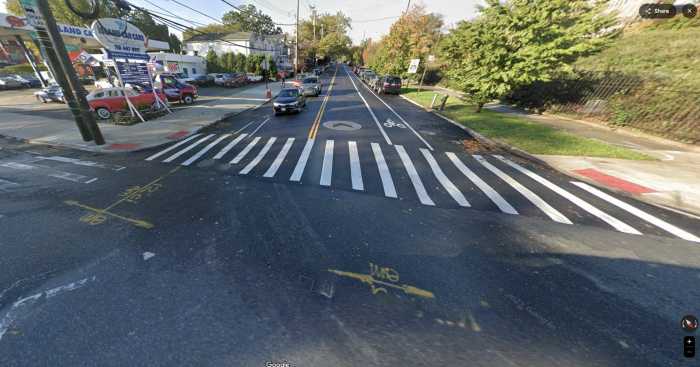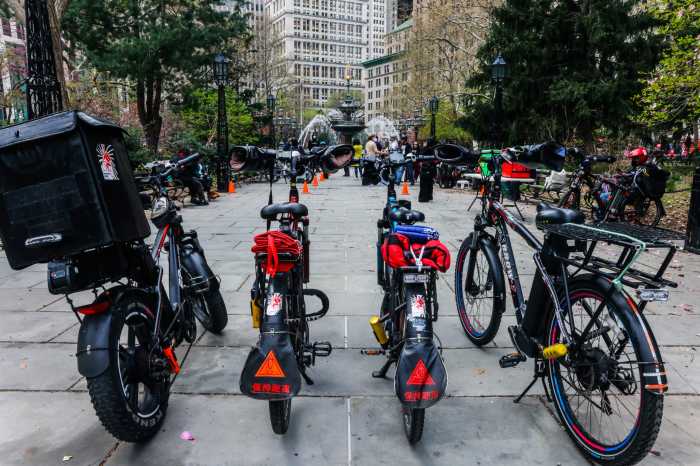Mayor de Blasio acknowledged Monday night that funding issues might derail plans for the Brooklyn Queens Connector, his waterfront streetcar project known as the BQX.
The $2.5 billion project was first unveiled at the mayor’s 2016 State of the City address and was heralded as transit infrastructure that would pay for itself by capturing rising property values. But de Blasio conceded that the project wasn’t a certainty after a damning internal memo, published by Politico on Friday, outlined several complications with the streetcar’s financing.
“We believe this is a vision that can work and can work on time,” de Blasio said during an appearance on NY1’s Road to City Hall, hosted by Errol Louis. “But if it turns out, Errol, that upon further analysis we think there’s a funding gap, I’m going to be very open about that and that’s going to beg the question, how should we proceed? And we’ll cross that bridge when we get to it.”
The project faces four challenges, according to the memo, which was written by the “BQX Project Team” and sent to Deputy Mayor Alicia Glen this February. A primary concern in the cost of relocating the underground utilities to build streetcar tracks. There’s a possibility that the streetcar’s financing model, known as “value capture,” won’t “provide sufficient revenue to fund the project,” the memo says.
As conceived, the BQX would chug through a 16-mile corridor along the waterfront of Brooklyn and Queens, from Sunset Park to Astoria. Critics have questioned nearly every element of the project — from its resiliency in what are flood-prone areas of the city, to whether a streetcar would actually operate more efficiently than a bus route with dedicated bus lanes.
The seven-page memo gives de Blasio a game plan to abandon the project: move slow and look for an alternative transit option for the area.
The mayor said he believed the memo was a draft. Even though he asserted that he had not read the memo, de Blasio added that it “was far from the complete analysis” to come.
“We said from the beginning we have to confirm the theory that, like the number 7 train extension to the West Side of Manhattan, that that increase in property taxes … the recipes we got on property taxes could cover the cost — because, again, this would be funded solely within the city, not via the MTA,” de Blasio continued. “That analysis was a point in time, it’s far from the complete analysis. I believe in the end we’re going to find that the original vision does work and we’re going to move forward on the existing timetable.”




































